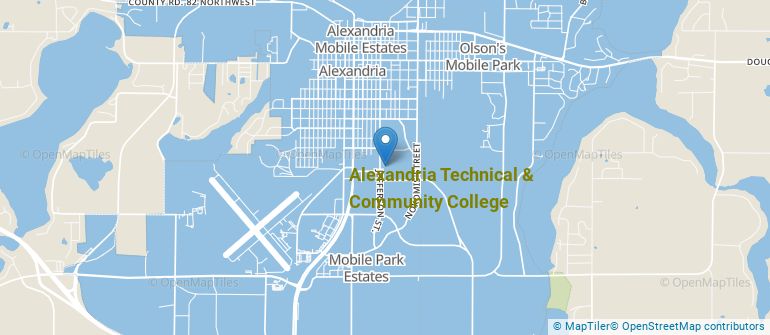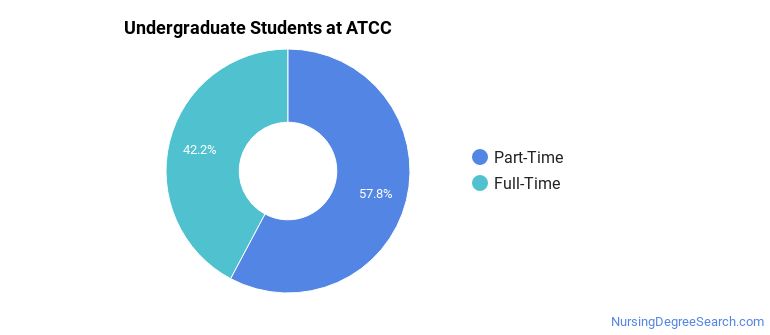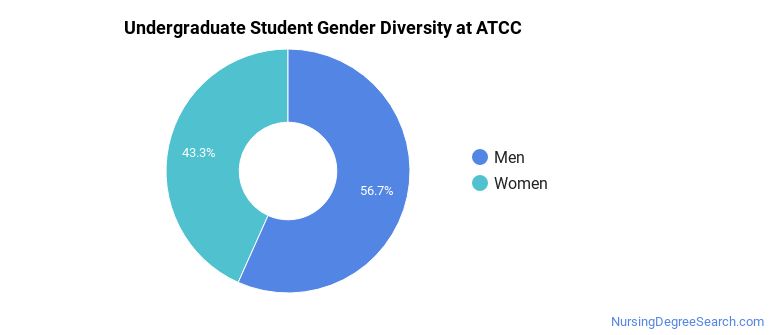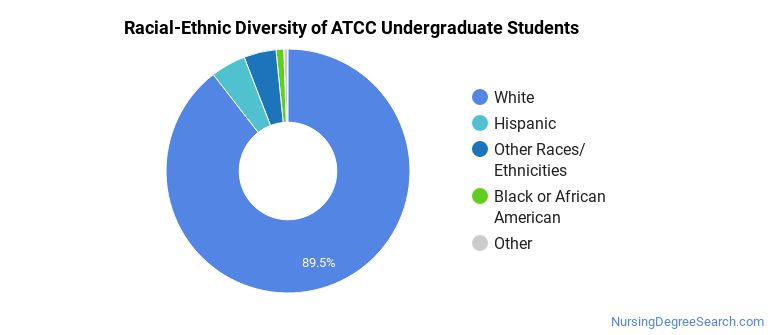Alexandria Technical & Community College Nursing Programs
Alexandria Technical & Community College is a public institution situated in Alexandria, Minnesota. The location of ATCC is a good match for students who are interested in living in a college town while they pursue their degree.
Where Is Alexandria Technical & Community College?

Contact details for ATCC are given below.
| Contact Details | |
|---|---|
| Address: | 1601 Jefferson Streeet, Alexandria, MN 56308 |
| Phone: | 320-762-0221 |
| Website: | www.alextech.edu |
How Do I Get Into ATCC?
You can apply to ATCC online at: https://www.alextech.edu/apply
Can I Afford Alexandria Technical & Community College?
Student Loan Debt
It's not uncommon for college students to take out loans to pay for school. In fact, almost 66% of students nationwide depend at least partially on loans. At ATCC, approximately 43% of students took out student loans averaging $5,991 a year. That adds up to $23,964 over four years for those students.
Alexandria Technical & Community College Undergraduate Student Diversity

Gender Diversity
Of the 1,076 full-time undergraduates at ATCC, 57% are male and 43% are female.

Racial-Ethnic Diversity
The racial-ethnic breakdown of Alexandria Technical & Community College students is as follows.

| Race/Ethnicity | Number of Grads |
|---|---|
| Asian | 5 |
| Black or African American | 11 |
| Hispanic or Latino | 50 |
| White | 963 |
| International Students | 1 |
| Other Races/Ethnicities | 46 |
Alexandria Technical & Community College Nursing Concentrations
The table below shows the number of awards for each concentration.
| Major | Basic Certificate | Associate’s | Undergraduate Certificate | TOTAL |
|---|---|---|---|---|
| Licensed Practical/Vocational Nurse Training | 0 | 0 | 67 | 67 |
| Registered Nursing | 0 | 26 | 0 | 26 |
| Nursing Assistant/Aide and Patient Care Assistant/Aide | 4 | 0 | 0 | 4 |
| TOTAL | 4 | 26 | 67 | 97 |
References
*The racial-ethnic minorities count is calculated by taking the total number of students and subtracting white students, international students, and students whose race/ethnicity was unknown. This number is then divided by the total number of students at the school to obtain the racial-ethnic minorities percentage.
More about our data sources and methodologies.
